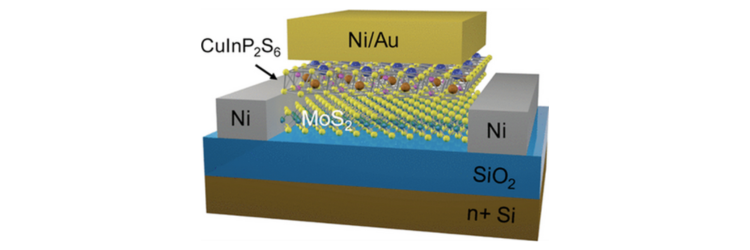Ferroelectric Transistor Stores and Computes at Scale
Microchips must become smaller, faster, and energy efficient to keep pace with the ever-larger and more complex data sets to store, search, and analyze.
Ferroelectric field effect transistors (FE-FETs) are a potential solution. FE-FETs are switches that turn on and off rapidly to communicate the 1s and 0s computers use to perform operations. However, they have an additional function—their ferroelectric properties allow them to hold on to electrical charges.
This ability enables them to serve as non-volatile memory and computing devices that store and process data. A successful FE-FET design would dramatically undercut traditional devices’ size and energy usage thresholds and increase speed.
Researchers at the University of Pennsylvania School of Engineering and Applied Science unveiled a new FE-FET design that they say demonstrates record-breaking performances in computing and memory. Their results are published in Nature Nanotechnology.
Their transistors layer a two-dimensional semiconductor called molybdenum disulfide (MoS2) on top of a ferroelectric material called aluminum scandium nitride (AlScN), combining the two materials to create transistors at scales viable for industrial manufacturing for the first time.
Until this study, miniaturizing FE-FETs resulted in severe shrinking of the “memory window” so that the device develops an unreliable memory, mistaking 1s for 0s and vice versa. The team achieved a design that keeps the memory window large with impressively small device dimensions.
The next steps will be to miniaturize further and produce devices that operate with voltages low enough to be compatible with leading-edge consumer device manufacturing.

